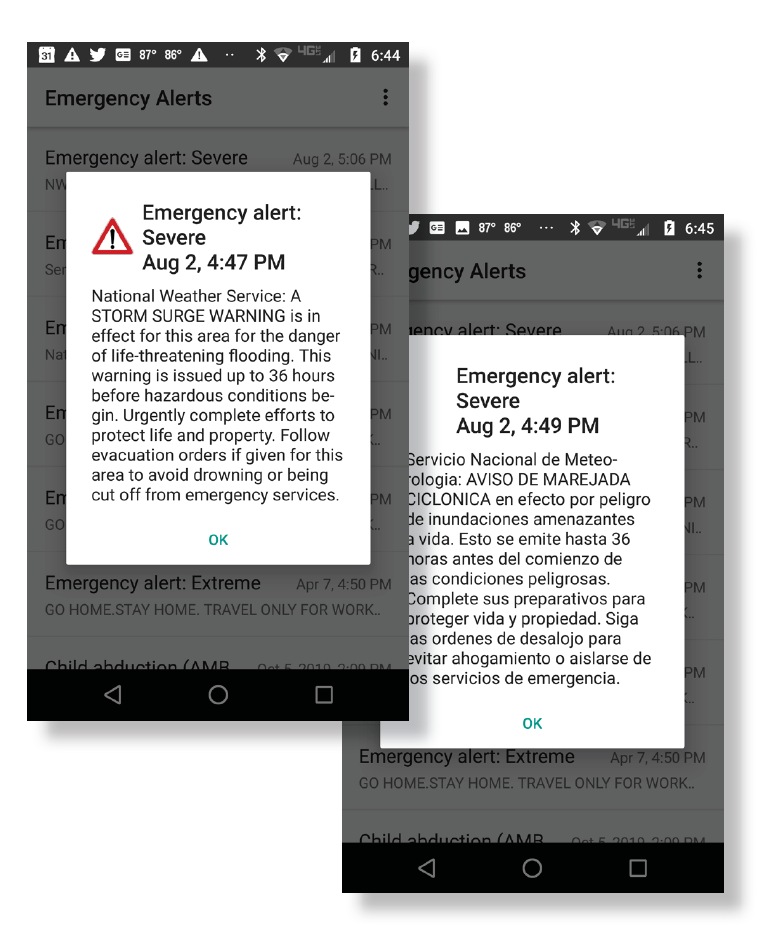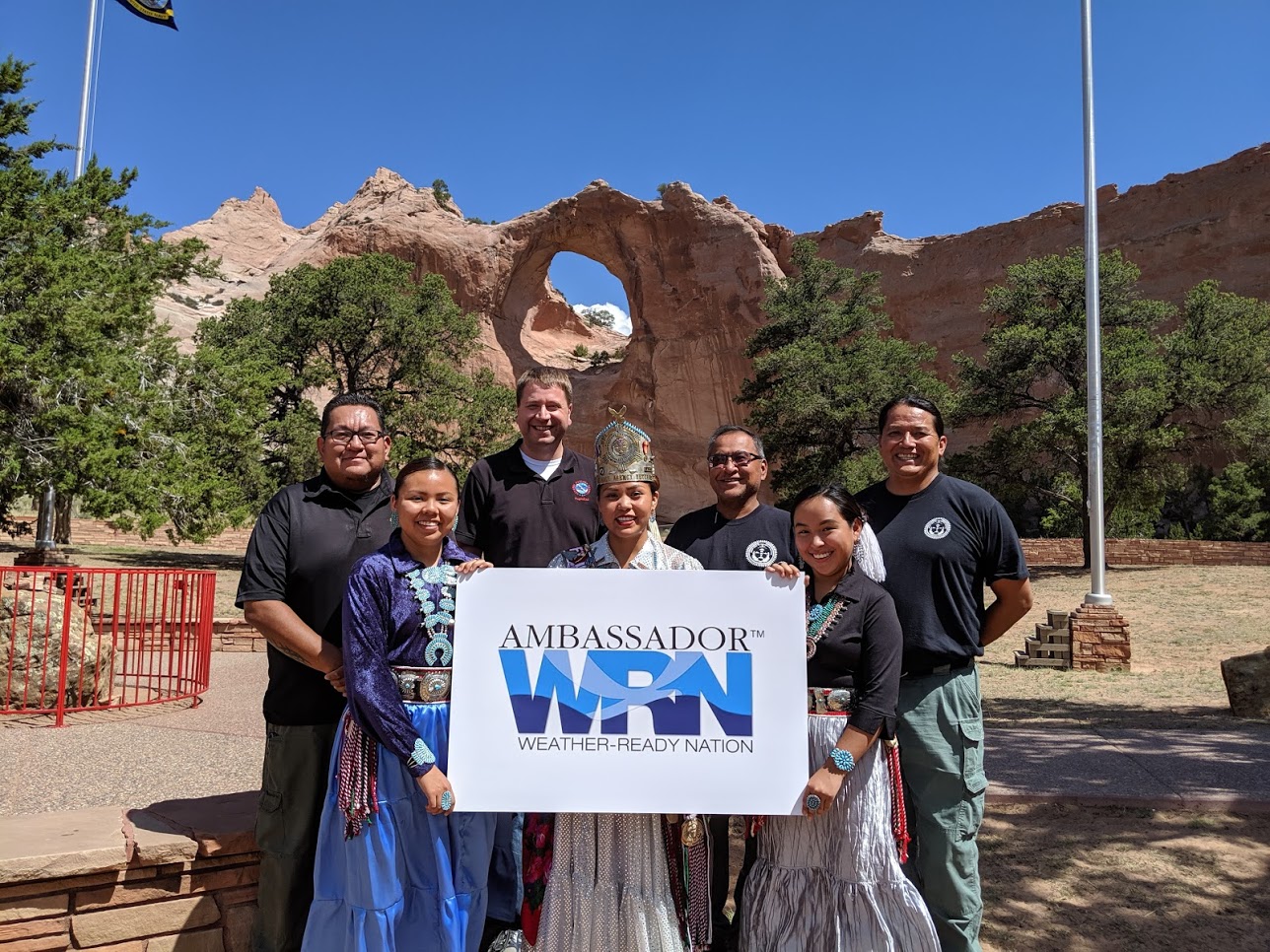This article was written prior to the tragic tornado outbreak on the evening of December 10. Our hearts go out to the families, businesses, and communities impacted. The pursuit to build a "Weather-Ready Nation" continues, and even with a decade of significant achievements, there is still much more to do.
Have you ever taken a moment to think about where you were or what you were doing 10 years ago? Some of us do it when we turn a certain age — 30, 40, or (gulp), 50. For NOAA and the National Weather Service (NWS), as well as our valued partners in the Weather, Water, and Climate Enterprise, now is a great time to reflect on weather events that occurred in December 2011.
2011 was a year like no other in recent memory. In 2011, the U.S. experienced multiple extreme weather events and although NWS issued accurate and timely warnings, over 1,000 lives were lost. This highlighted a hard truth — that while forecasts and warnings are extremely crucial, the public knowing how and when to take the right action based on this information is just as important. In other words, it’s not just the accuracy that matters, but the societal outcome. Something more had to be done. The first step was a “vital conversation” — a three-day meeting, that took place December 13-15, 2011, where experts across government, academia, and industry converged in Norman, Oklahoma at the National Weather Center. The discussions, ideas, and recommended actions at this seminal meeting were captured in the report, “Weather-Ready Nation: A Vital Conversation.” This moment in time, a crossroad, brought forward NWS’ vision of a “Weather-Ready Nation,” not just as the title of the new 2011 NWS Strategic Plan, but as a national imperative that would change the weather, water, and climate landscape forever.
 |
|
The Weather-Ready Nation timeline from 2011-2021, as reflected by both external inputs and NWS outputs. |
Five improvements that have helped build a more Weather-Ready Nation
NOAA’s National Weather Service is working to build a more Weather-Ready Nation — one that is ready, responsive, and resilient to extreme weather events. Achieving this vision requires more than just accurate weather forecasts and warnings. Working across NOAA on next-generation satellites, research, and coastal resilience, as well as in partnership with emergency management, other government agencies, industry, the media, and academia, the NWS has seen significant “Weather-Ready” successes. Lightning fatalities have dropped significantly since 2016. Storm surge, typically the leading cause of fatalities in hurricanes, has seen a drastic decrease in deaths after improvements to forecast products and the communication of storm surge risks. Weather-Ready Nation’s first decade is one of progress and results and has set up even bigger expectations for the decade to come.
Check out five improvements we’ve made since 2011 to better serve the American public and help them stay safe:
 |
|
Visual representation of potential storm surge flooding from Hurricane Michael (2018). |
 |
|
A recent safety graphic designed for web and social media use in both English and Spanish. |
 |
|
Examples of Wireless Emergency Alerts in English and Spanish. |
 |
|
Weather Forecast Office Flagstaff visits representatives from Navajo Nation Emergency Management and the Fort Defiance Agency in 2019. (NOAA) |
The Second Decade to Come
The National Weather Service is committed to fully realizing the vision of a Weather-Ready Nation, and we will continue to improve our capabilities to observe, predict, and deliver accurate forecasts and warnings before and during extreme weather events. With the help of our partners and the greater Weather, Water, and Climate Enterprise, the National Weather Service is increasingly focused on service equity, ensuring that our products and services meet the needs of all Americans, including underrepresented and vulnerable groups. Together, we can build a Weather-Ready Nation for all.